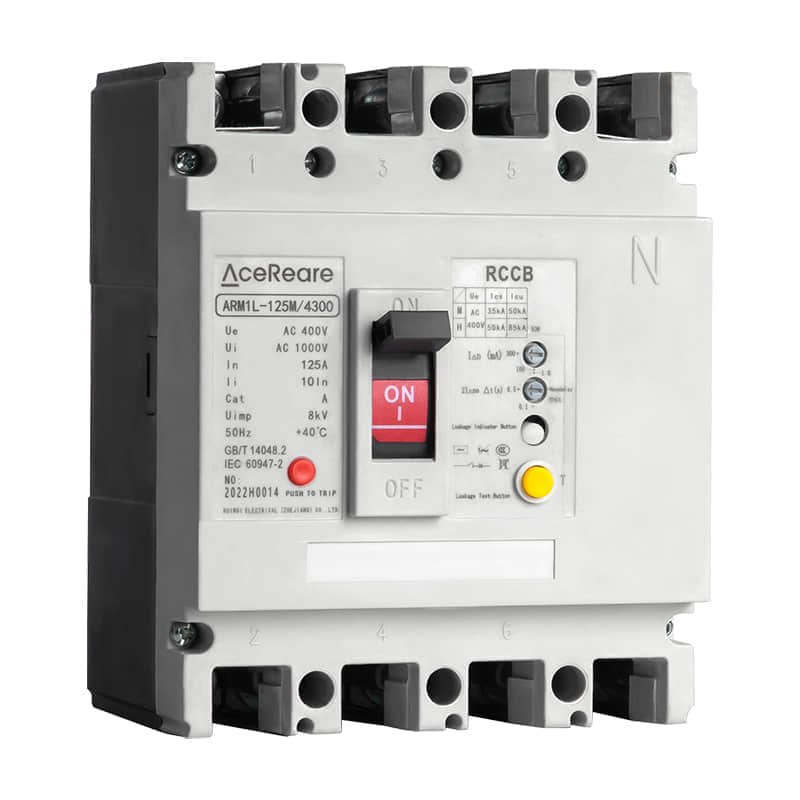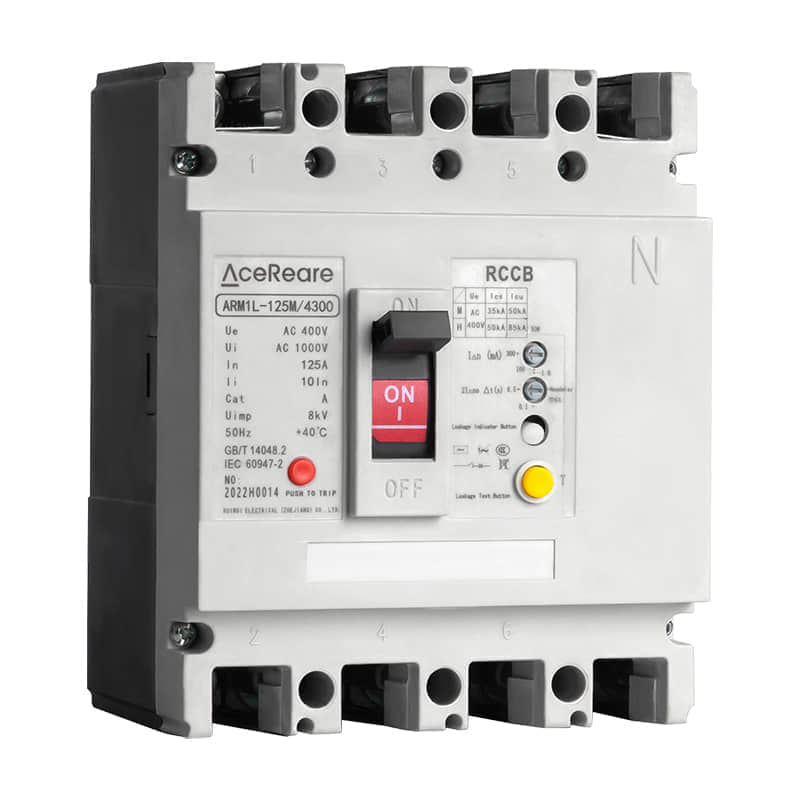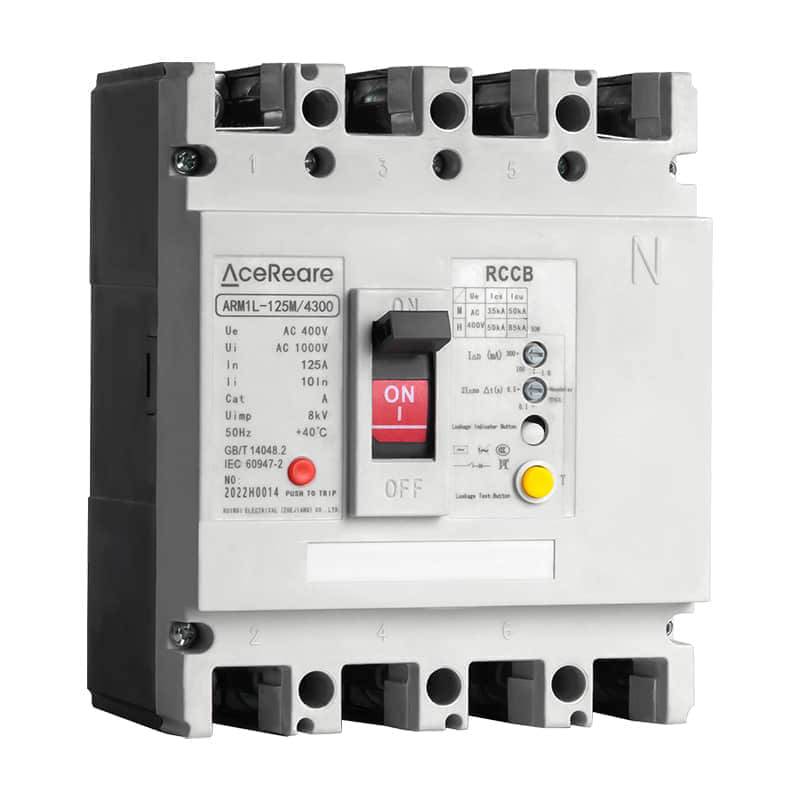Residual Current Circuit Breakers (RCCBs), sometimes referred to as Residual Current Devices (RCDs), are indispensable components in modern electrical systems. Their primary function is to protect individuals and property from the dangers of electrical faults. In this article, we will delve into the world of RCCBs, exploring their importance, types, and how they contribute to electrical safety.

The Need for RCCBs

Electricity is a powerful and essential resource in our daily lives, but it also poses inherent risks. Faults in electrical circuits can lead to electric shocks, fires, and even fatal accidents. RCCBs play a pivotal role in mitigating these risks by continuously monitoring the flow of current through a circuit. When they detect an imbalance between the outgoing and returning currents, they swiftly disconnect the circuit, preventing potential harm. Types of RCCBs There are two main types of RCCBs: the two-pole RCCB and the four-pole RCCB. Two-Pole RCCB: This type is commonly used for single-phase circuits. It offers protection against earth fault currents and is installed in line with either the live or neutral conductor. When it detects an imbalance in the current, it disconnects both conductors, ensuring safety. Four-Pole RCCB: Designed for three-phase circuits, the four-pole RCCB provides protection against earth fault currents in addition to disconnection of all live conductors. This comprehensive approach ensures maximum safety in complex electrical systems. How RCCBs Work RCCBs work on a simple yet effective principle: monitoring the current balance. When the incoming current matches the outgoing current, the device remains in the ‘on’ position. However, if there is even a slight deviation, it triggers a trip mechanism that rapidly disconnects the circuit. This immediate response is critical in preventing electric shocks and fires. Applications of RCCBs RCCBs find application in a wide range of electrical systems and environments. Some common examples include: Residential Homes: In household electrical panels, RCCBs protect residents from electrical accidents, especially in wet areas like bathrooms and kitchens. Industrial Facilities: In industrial settings, where machinery and high-power equipment are in use, RCCBs are crucial for safeguarding both workers and assets. Construction Sites: Temporary power supplies at construction sites are prone to electrical faults. RCCBs are used to enhance safety in such environments. Commercial Buildings: Offices, malls, and other commercial spaces utilize RCCBs to ensure the safety of employees and customers. Special Environments: In places with specific electrical safety requirements, such as swimming pools, RCCBs are mandated to prevent accidents in the presence of water. Maintenance and Testing To ensure RCCBs function as intended, regular maintenance and testing are essential. Routine inspections and testing with dedicated equipment can help identify faults or deteriorations in the device, allowing for timely replacements or repairs. Conclusion In the realm of electrical safety, RCCBs are unsung heroes. They silently monitor electrical circuits, ready to intervene and protect when needed. Whether in homes, industries, or public spaces, their presence is vital for preventing electrical accidents. Understanding the types and functions of RCCBs empowers us to create safer electrical systems, making them an indispensable component of our modern world.
